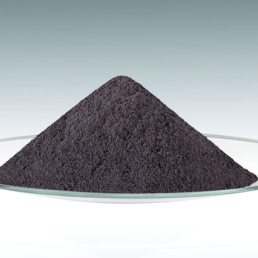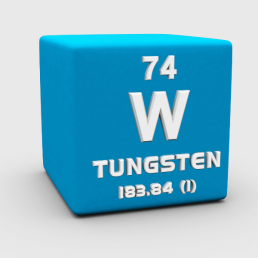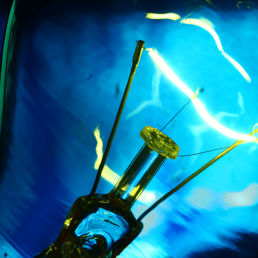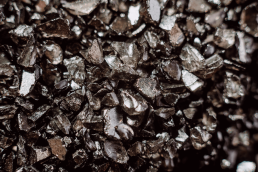


International trading with World Impact!
WORLD IMPACT SRL is active in international trade in the field of products such as: Ores, fertilizers, seeds, chemicals, biomass …
WORLD IMPACT SRL has built up a network of partners throughout the world (producers / quarries / mines, traders, end users) as well as artisanal producers.
Tin (Sn)
Tin is a chemical element with the symbol Sn (from Latin: stannum) and atomic number 50. Tin is a silvery metal that characteristically has a faint yellow hue.
Tin is soft enough to be cut with little force. When a bar of tin is bent, the so-called “tin cry” can be heard as a result of twinning in tin crystals; this trait is shared by indium, cadmium, zinc, and frozen mercury.
Pure tin after solidifying presents a mirror-like appearance similar to most metals. In most tin alloys (such as pewter) the metal solidifies with a dull gray color.






Tantalum (Ta)
Tantalum is a chemical element with the symbol Ta and atomic number 73. Previously known as tantalium, it is named after Tantalus, a villain from Greek mythology. Tantalum is a rare, hard, blue-gray, lustrous transition metal that is highly corrosion-resistant. It is part of the refractory metals group, which are widely used as minor components in alloys.
The chemical inertness of tantalum makes it a valuable substance for laboratory equipment, and as a substitute for platinum. Its main use today is in tantalum capacitors in electronic equipment such as mobile phones, DVD players, video game systems and computers. Tantalum, always together with the chemically similar niobium, occurs in the mineral groups tantalite, columbite and coltan (the latter is a mix of columbite and tantalite, though not recognized as a separate mineral species). Tantalum is considered a technology-critical element.
Tungsten (W)
Having the highest melting point, tungsten, a bright silvery-white metal, is alloyed with other metals to strengthen them. It is used in many high-temperature applications, such as arc-welding electrodes and heating elements in high-temperature furnaces.






Copper (Co)
Copper is a soft, reddish-orange metal that takes on a bright metallic sheen and can be easily worked and drawn into wire. It is mainly used in electrical equipment such as cables and motors, as it conducts heat and electricity effortlessly. It is also used in industrial machinery and in construction.
Cobalt (Co)
Cobalt is a lustrous, silvery blue metal known for its magnetic properties. Combined with aluminium and nickel, cobalt is used to make very powerful magnets. Radioactive cobalt 60 is used to treat cancer.






Zinc (Zn)
Zinc is a silvery white metal, which has a blue tinge. Zinc is often used to galvanise other metals to prevent them from rusting. Car bodies, safety barriers, suspension bridges and street lights are just some of the areas where galvanised steel is used.
Lead (Pb)
Often used to store corrosive liquids, lead is a dull, silvery-grey metal widely used in ammunition, car batteries, weights, radiation protection, cable foils, pigments and in some solder. It is also occasionally used for roofing and in stained glass.




















